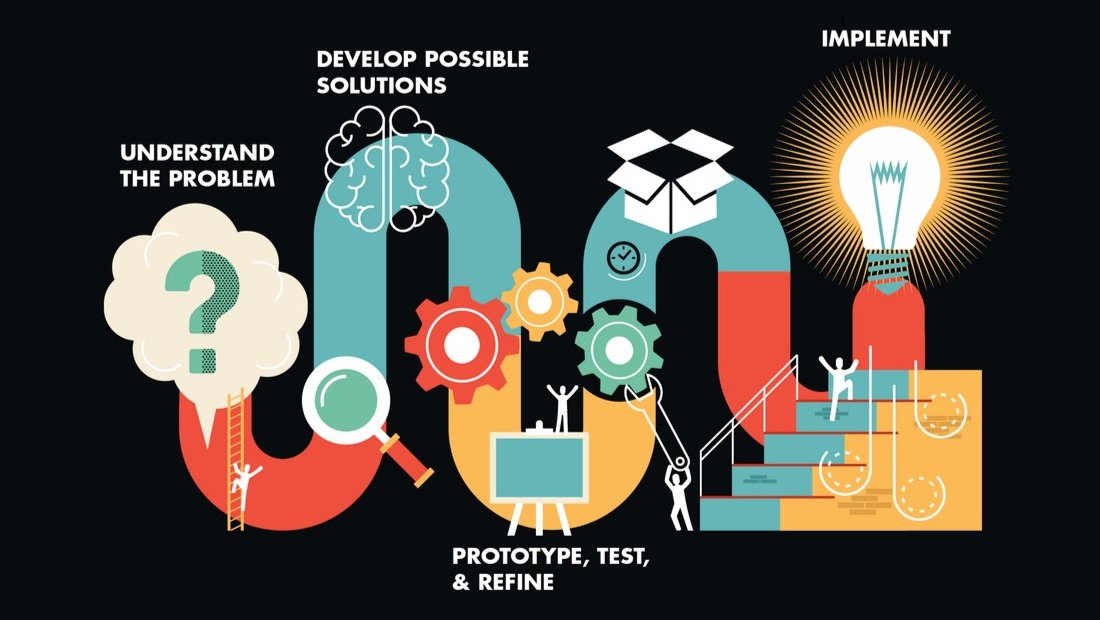
Design thinking can be applied to any problem that needs a creative solution. Design thinking isn’t just for “things.”
The first phase in design thinking is to empathize with the consumers to understand the specific problem they face by immersing yourself into their current conditions, experiences and situations. MIT Sloan professor Steve Eppinger says “most people don’t make much of an effort to explore the problem space before exploring the solution space." The actual problem is always broader, more nuanced, or different than people originally assume. Design thinking is a human-centered innovation activity. It requires deep understanding of the user's problems and needs.
The second phase is the ideation stage where possible solutions to the problem, now fully understood, are developed by free-thinking (brainstorming) and outside of the box inspirations. Keep in mind that innovation starts when many solution ideas emerge. The more the number of the solution ideas - including the crazy ones - the better the end result. İdea generators are not supposed to be judgmental.
Prototyping, testing and refining the solution is the third phase of design thinking. In this phase inexpensive prototypes are produced and repeatedly tested by users and other stakeholders such as people selling the product/service. Iterating and testing provide validation and crucial feedback for making sure that the designed product/service works for the intended consumer groups.
Fourth phase of design thinking is the implementation of the solution. Most of the time and money are spent during this phase. In net, design thinking is a solution based method since it invites all stakeholders.
Many global corporations, governmental organizations and institutions such as IBM, PepsiCo, Marriott, SAP, Lego, and General Electric have adopted design thinking.
I strongly recommend "Design Thinking" to be incorporated in school programs as part of their large spectrum of teaching and training curriculums.
https://mitsloan.mit.edu/ideas-made-to-matter/design-thinking-explained
https://www.tandfonline.com/doi/pdf/10.1080/14606925.2017.1353042
https://cshark.com/blog/design-thinking-the-way-for-it-and-beyond/










